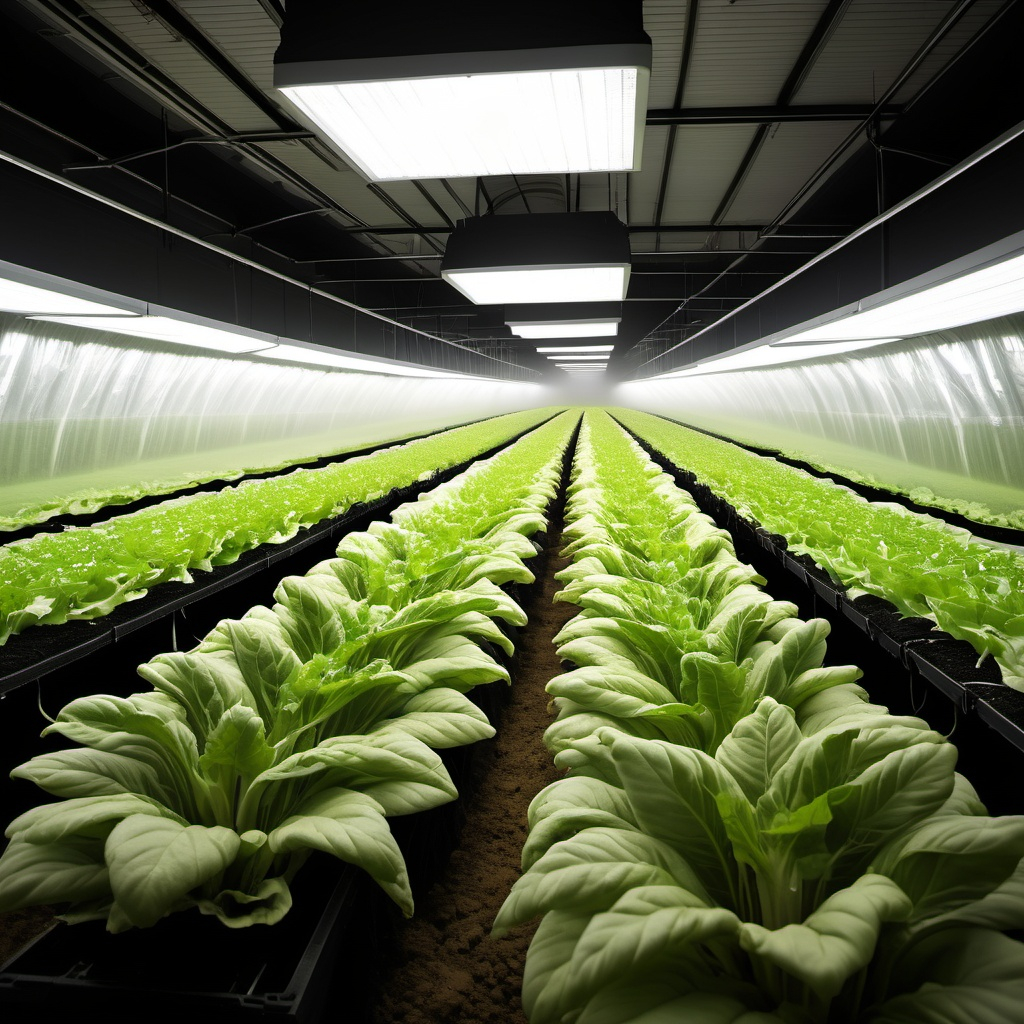
Introduction
Agriculture traditionally relies on sunlight as the primary source of energy for plant growth. However, recent advancements in technology have opened the door to new methods of farming that do not require sunlight. These techniques aim to increase food production in areas with limited sunlight or where outdoor farming conditions are challenging.
Indoor Farming and LED Lighting
One of the most popular methods of agriculture without sunlight is indoor farming using LED lighting. LED lights can be customized to emit the specific wavelengths of light that plants need for photosynthesis. By replicating the sun’s spectrum, plants can grow in completely enclosed environments, often more efficiently than in traditional outdoor settings. This technique allows for farming in urban areas, where natural sunlight may be limited.
Vertical Farming
Vertical farming is another innovative method that allows agriculture without sunlight. It involves growing crops in stacked layers inside controlled environments. Vertical farms are usually housed in buildings and use artificial lighting systems, often LED, to provide the necessary light for plant growth. The controlled environment also helps to minimize water usage, reduce the need for pesticides, and increase crop yields.
Hydroponics
Hydroponics is a method of growing plants without soil, where the plants receive nutrients directly from a water-based solution. In indoor hydroponic systems, sunlight is replaced with artificial light sources, such as LEDs, to support photosynthesis. This method allows for year-round crop production in regions where traditional farming may be impossible due to climate conditions.
Aeroponics
Aeroponics is a variation of hydroponics, where plants are suspended in the air and their roots are misted with a nutrient-rich solution. This method also relies on artificial light instead of sunlight to enable photosynthesis. Aeroponics is highly efficient in terms of water usage and space, making it a suitable option for agriculture in urban settings or space-constrained environments.
Artificial Photosynthesis
Artificial photosynthesis is an emerging technology that aims to replicate the natural process of photosynthesis without the need for sunlight. Scientists are developing materials and devices that can absorb light from artificial sources and convert it into chemical energy to support plant growth. Though still in the experimental stage, artificial photosynthesis holds promise for future agricultural systems that could operate independently of the sun.
Underground Farming
In some cases, agriculture without sunlight takes place underground. Underground farms are built in tunnels or caves, where plants grow under artificial lighting. This approach allows farming in areas where land is scarce or unsuitable for traditional farming methods. Underground farming is particularly popular in densely populated cities where space for agriculture is limited.
Benefits of Agriculture Without Sunlight
One of the main advantages of agriculture without sunlight is the ability to grow food in areas where natural conditions are not conducive to farming. These technologies can help ensure food security in regions with harsh climates, limited water resources, or urban centers. Additionally, by controlling the growing environment, farmers can reduce their reliance on chemical pesticides and fertilizers, leading to more sustainable and healthier crop production.
Challenges and Limitations
While agriculture without sunlight offers many benefits, it also comes with its own set of challenges. The primary limitation is the high cost of setting up and maintaining these systems, particularly in terms of energy usage. LED lights and other artificial lighting systems consume a significant amount of electricity, making them less accessible to farmers in developing regions. Additionally, the technology is still evolving, and further research is needed to optimize the efficiency and scalability of these methods.